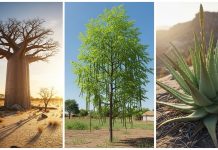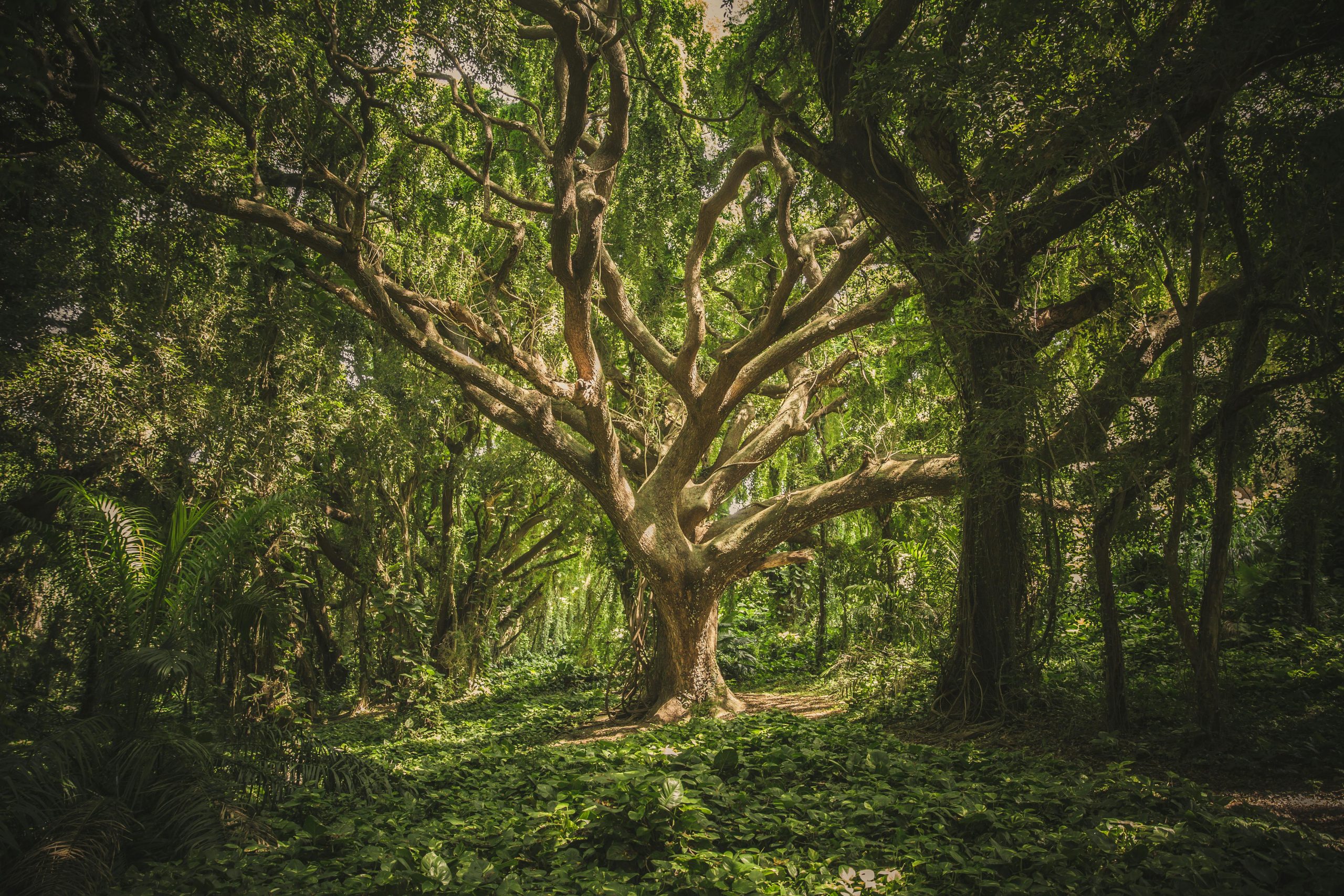Forests are a very sensitive part of our world and undoubtedly occupy one of the most important positions in the global ecosystem. They have a complex link to our welfare and that of the Earth, as they play a crucial role in climate change, supply oxygen, and house diverse life forms. Below are ten major forest areas in the world, ranging from the South American Amazon to the Japanese Yakushima forest. Many of these forests are not just large expanses of trees but also essential habitats that should be preserved and honoured.
Amazon Rainforest
The Amazon Rainforest is the world’s largest tropical rainforest, spread across nine countries and containing more than 390 billion trees. It covers an area of about 6 million square kilometres, making up about 60% of the world’s tropical rainforests. This forest is crucial because it hosts extremely diverse flora and fauna and stores large amounts of carbon, helping to mitigate the impact of climate change. Additionally, the Amazon supports the income and livelihoods of thirty million people, including three hundred and fifty different ethnic groups.

Congo Basin
The Congo Basin is the second largest rainforest in the world, stretching over 3.4 million square kilometres in Central Africa. This resource is crucial for supplying water for irrigation and producing electricity in the area. It is one of the most biodiverse places in the world, supporting numerous endangered species that live within the forest. Additionally, the forest contributes to carbon sequestration (a natural or artificial process by which carbon dioxide is removed from the atmosphere and held in solid or liquid form), helping to mitigate global climate change.
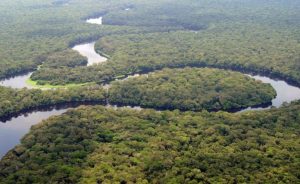
Valdivian Temperate Rainforest
Covering parts of both Chile and Argentina, the Valdivian Temperate Rainforest stands out for its varied terrain and some of the oldest trees on the planet. This exceptional forest is home to a vast array of evergreen angiosperms and conifers, as well as a rich undergrowth of bamboo and ferns. It holds significant ecological value due to the diverse indigenous species found in this area.
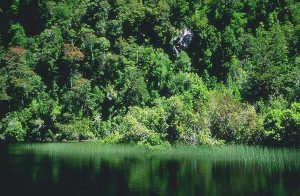
Taiga (Boreal Forest)
The Taiga, also known as the Boreal Forest, is the world’s largest biome, occupying vast territories in Russia, Canada, and other northern countries. It is made up of extensive tracts of coniferous vegetation, including pines, spruces, and larches. The Taiga is crucial for carbon sequestration and oxygen generation, and it contains diverse species that have adapted to the extreme weather conditions.
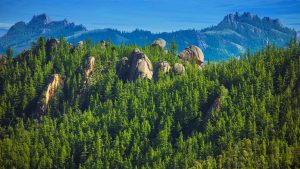
Tongass National Forest
The Tongass National Forest, situated in Alaska, is the largest forest in the United States, spreading across 16.7 million acres. This temperate rainforest boasts stunning and unique geographical features, including glaciers, as well as diverse flora and fauna. It offers protection to many species of plants and animals, including endangered and rare species, thereby confirming its vital role in conservation.
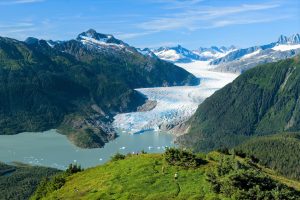
Daintree Rainforest
The Daintree in Australia is one of the most beautiful places to behold. It occupies an area of approximately 1,200 square kilometres and has peculiar flora and fauna; in fact, some of the species are unique to this region. This World Heritage site, located in the Wet Tropics of Queensland, is a rainforest that conserves a historical record of biodiversity.
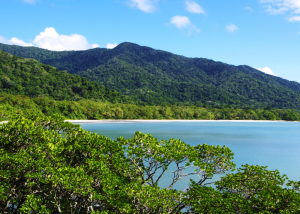
Great Bear Rainforest
The Great Bear Rainforest, stretching through Canada, covers approximately 6 million acres (around 4 million hectares) and is part of one of the largest coastal temperate rainforests on Earth. It is known for its diverse species, various bio-habitats, and unique animals, such as the Spirit Bear. In 2016, 85% of this forest was designated for protection from industrial logging, highlighting its environmental significance.
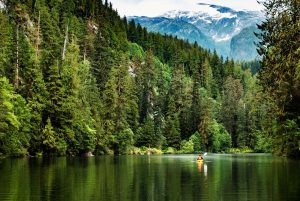
Black Forest
The Black Forest in Germany is a very famous mountainous forest region characterised by a thick blanket of evergreen trees and charming villages. Measuring approximately 6,009 square kilometres, it attracts tourists with its natural beauty, trails, and local culture. It is important to note that the forest influences the local climate and plays a role in maintaining the water cycle.
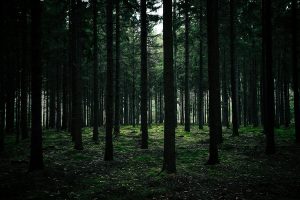
Białowieża Forest
Straddling the border between Poland and Belarus, Białowieża Forest is one of the last and largest remaining parts of the primaeval forest (earliest forest) that once covered much of Europe. It is a UNESCO World Heritage site and home to more than 800 European bison, Europe’s heaviest land animal. This forest is a vital reservoir of biodiversity, rich in species and ecological processes.
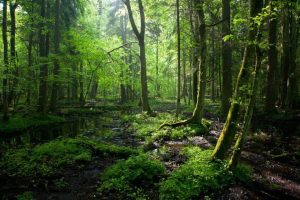
Yakushima Forest
Yakushima Forest is situated in Japan. In this forest, there are cedar trees that are over 1,000 years old. UNESCO has designated about 504 square kilometres of this area as a cultural world heritage site. The forest, spanning 88 square kilometres, is endowed with diverse vegetation and wildlife. Forests are one of the most significant components of the Japanese landscape, making distinctive contributions to local species protection.
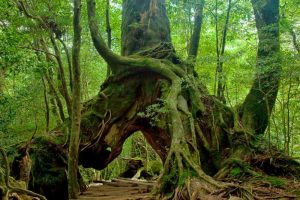
The Ecological Importance of Forests
These are more than just groups of trees; they are gigantic tracts of forests that continue to offer formidable benefits to our planet. These species are important in the process of carbon storage, through which climate change is combated via the removal of excess carbon from the air. In addition, the forests moderate water regimes, control erosion, and are home to an immense richness of species, some of which are unique.
Forests are also crucial to the welfare of humans. They supply products like timber, medicine, and food, and provide opportunities for recreation, leisure, and the promotion of culture. The world’s Indigenous Peoples rely on forests for food, shelter, medicine, and the conduct of their cultural activities.
Nonetheless, forests are on the verge of being destroyed by factors such as deforestation, climate change, and human activities. Conserving these important ecosystems is crucial for the welfare of our world. Protection, sustainable utilization, and international collaboration are vital to ensure that these forests remain healthy to support life forms in the future.
Globally, the largest forests are essential resources that require human honour and protection. They are not only aesthetically fascinating structures but also the critical machinery of the Earth’s life support system. Thus, ensuring the protection of these forests is the best way to secure a better tomorrow for us and all of humanity.







